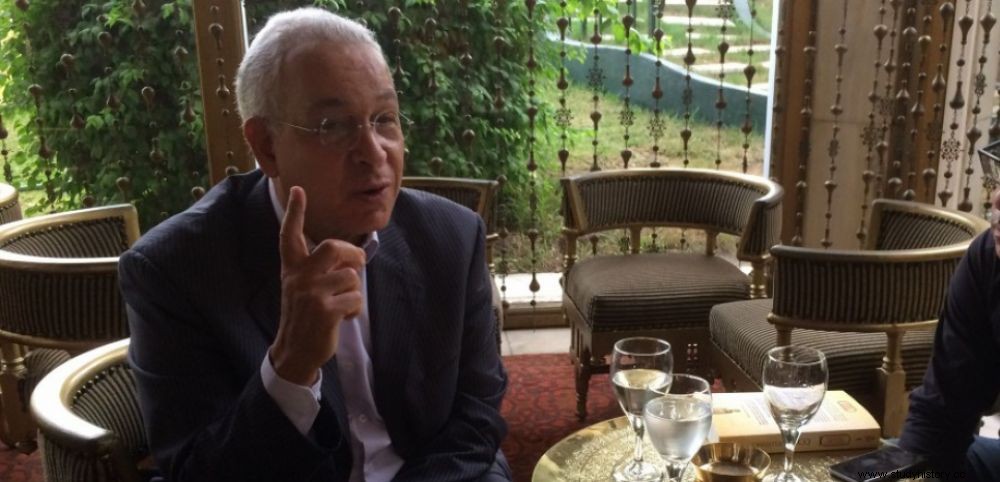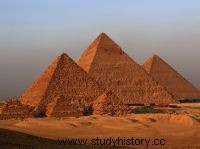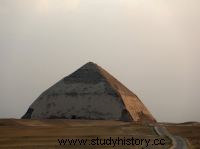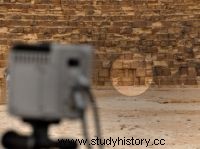 Hany Helal.
Hany Helal. Sciences et Avenir:Why did you, an engineer by training, get involved in this archaeological mission?
Hany Helal: It is in line with what I have been doing for years. I finished my thesis at the Ecole des mines in Nancy in 1982. With this school and the University of Cairo, we formed a Franco-Egyptian team whose objective was to apply science and technology to preservation of historical monuments. We were pioneers in this field. Work and commitment that led to the creation of the Engineering Center for Archeology and the Environment, which has become a center of excellence in the region:training of managers, consultation and participation in major archaeological missions. Later, as an advisor to the Egyptian Antiquities department, I participated in several missions, such as the study of micro-gravimetry financed by EDF in Kheops in 1986. In 2000 a thesis was defended at the Ecole des Mines de Nancy on one of the construction theories of the pyramids. Scan Pyramids, a mission initiated with the HIP institute, is the logical continuation of this course, since it involves bringing together the most innovative techniques in the world to try to solve the various problems posed by these monuments.
Our goal, as scientists, is to use techniques to show results. It is then up to the specialists to interpret it" - Hany Helal
What do you expect to find?
I would like to be very clear:we are engineers, scientists, we are neither archaeologists nor Egyptologists. So we're not expecting a specific thing. There are many theories about the pyramids, many people have ideas on the subject. It is certain that the observations show anomalies, in particular of density in Cheops, perhaps because of the presence of cavities. But our goal, as scientists, is to use techniques to show results. It is then up to the specialists to interpret it.
What are the strengths of the teams brought together for this mission?
They are undoubtedly among the best in the world, each in its own speciality. The Japanese are today the most efficient in muon technology. Laval University, and the Frenchman Jean-Claude Barré, excellent connoisseurs of infrared… We are going to acquire 3D data from the various sites on which we will work, laser… Assembling several techniques is essential in this type of company, each will validate the other. The group with which I personally work has always favored interdisciplinarity. Our original field is rock mechanics. But we work with physicists, biologists, earth science specialists.
Is a new era dawning for archaeology?
It started several decades ago, but it is linked to the advancement of technologies. With this mission, we may not solve the mystery of the pyramids, but we will progress, we will test new processes, we will undoubtedly better understand what they hide in their massive stones. And if we get results, our procedures can be used for other sites, other monuments. And even other countries. I am in contact with colleagues abroad, who are very interested.
UPDATE.
On November 9, 2015, scientists from the Faculty of Engineering in Cairo and the HIP Institute revealed the first results of the infrared campaigns, which showed a temperature anomaly on the east side of the Cheops pyramid.
READ ALSO.
Pyramids:the 5 mysteries of Cheops. The Sciences et Avenir infographic illustrates the problems posed by the queen of the pyramids to archaeologists.
Will the Scan Pyramids mission solve the mystery of the pyramids? At the maneuver of this exceptional operation:the faculty of engineers of Cairo and the French institute HIP.
Interview with Medhi Tayoubi, from the French HIP Institute. He is the coordinator of Scan Pyramids.
IN IMAGES, IN PICTURES. In the bowels of the Egyptian pyramids



